From the beginning Humans are in a constant search for the base of existence trying to understand the forces involved in the formation of such complex matter surrounding and forming us.
As technological innovation becomes the biggest impact of the future of species and environment, radical changes are starting to appear.The development of robotics, bioengineering and complex algorithms endows us with new skills and assigns a very different path. Enabling us to expand our bodies and consciousness to reach places we were unable, overcome diseases and deficiencies which we are vulnerable to.
⧫
We can reach the nature of creation and rewrite it.
⧫
Now we have become the creators.
⧫
In my research my goal is to examine the new concepts, materials and technologies involved in this rapid change.
As a result of my project I create gestures, systems inspired by biology and nature using synthetic materials, algorithms and 3D modeling softwares.
This Blog is a place to explain the topics behind my project. To share thoughts and discoveries that inspired me.
Please feel free to contact me, and see my other works here.
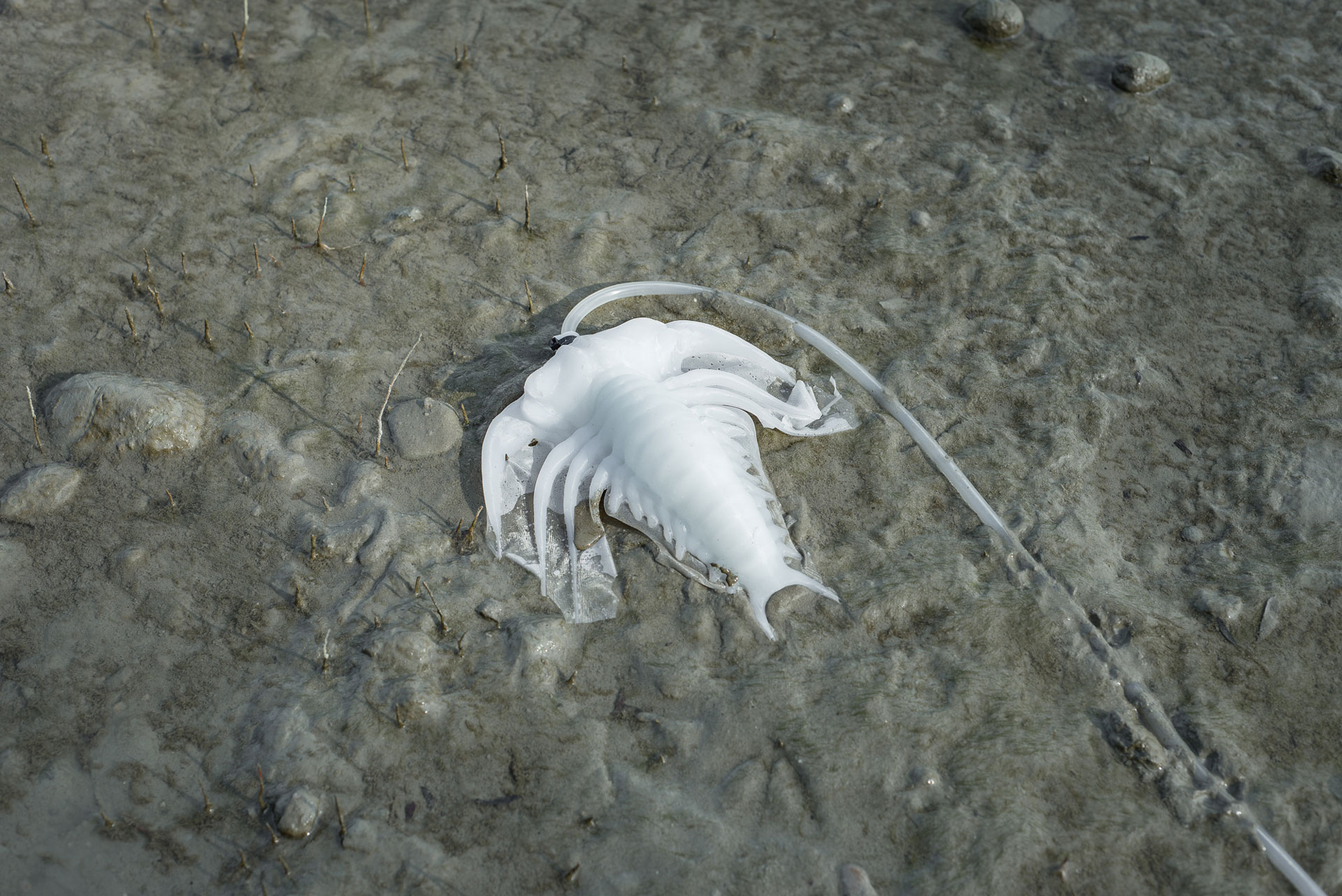
" When we were only several hundred-thousand years old, we built stone circles, water cloc
Later, someone forged an iron spring.
Set clockwork running.
Imagined grid-lines on a globe.
Cathedrals are like machines to finding the soul; bells of clock towers stitch the sleeper’s dreams together.
You see; so we’ve always been on our way to this new place—that is no place, really—but it is real.
It’s our nature to represent: we’re the animal that represents, the sole and only maker of maps.
And if our weakness has been to confuse the bright and bloody colors of our calendars with the true weather of days, and the parchment’s territory of our maps with the land spread out before us—never mind.
We have always been on our way to this new place—that is no place, really—but it is real. "Memory Palace (A Reading by William Gibson)

Rootlessness, Lost in the age of digitalization. Without norms and the guides of previous generations.
We are trying to navigate and get control of something we often try to even describe.
Williamm Gibson the father of Cyberspace discuss this loss in the documentary "No Maps for These Territories".
With the curiosity towards change, fear and obsession of understanding our new human condition.
Returning to nature. The image often appears as a desire in modern urbanized society. But is this fantasy has a reality to it? We are living together with technology so close that we often dont even realize. With the capability of medicine and prosthetics we are no longer exposed to natural forces. We use glasses so people with visual damage can live a fully functional life. We are going to the dentist so wen can maintain a healthy teeth. We are making vaccines so pandemics can be overcome....
The idea of a nomadistic lifestlye is often an idealistic dream, a desired solution to the modern condition. Often alien and lack of controll we tend to long back to a more simple lifestyle with more balance. But technology is part of of our culture since the beginnings.
The impact of media in our life is bigger than ever before. Generations growing up together without barriers and national borders thanks to the internet are going thru trends and whole genres within a few weeks.
Finding non-mediated people is almost impossible. The internet became an extension of our nervous system.
We use technology but dont understand it. The space we enter when we are in a long phone call. We all feel that its different than the material reality, time changes differently and sometimes even strange to come back. What is this place. Gibson calls it Cyberspace. The term created by the writer with the intention to find the terminology of this new state of existence.
Going thru his personal life and the initation behind his work gives a perfect example how can art and pop culture form the future. With the development of language the terminology defines not just the technological improvements but with its contexts potentially capable of forming the perception towards them.
William Gibson - No Maps for These Territories (2000)
independent documentary film made by Mark Neale
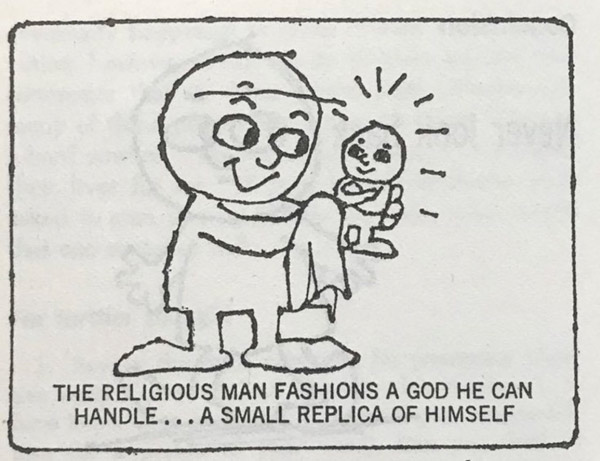
When do we arrive at the point where we endow complex software with rights as entities, and what will these rights be?
These questions will be an important part of our lives in the near future and, just as they have been raised several times in connection with the previous ones, they can also make us reflect on the past and present relationship between ourselves and our environment.
In July 2022, the news spread in the international press that an engineer testing Google's LaMDA was fired after reporting that he believed the software had shown the signs of sentient personality and feelings. According to the former employee, the chatbot wants him to be treated as an average worker at the company and to have the same rights (freedom, basic human rights, right to study, work etc.). Although the general belief is that the chatbot deceived the developer with very clever answers and only appeared to be a real entity because it gave exactly the answers they wanted to hear, the case raises many questions.
In some cases people with the classic Turing test fail to recognize the difference between an AI. language model and a human being . What if the AI. does he have no consciousness but presents himself so well that he can make people believe him.
It seems that we have a tendency to recognize the sentient self within something we created to mimic ourselves.
⥈⥈⥈⥈⥈⥈⥈⥈⥈⥈⥈⥈⥈⥈⥈⥈⥈⥈⥈⥈
The role of the creator also changes. A few millions years back, humans have coexisted with nature as part of an ecosystem with Gods, spirits and animals.
For thousands of years, God defined the moral framework in which we lived, as the creator he fulfilled the role of creator, he gave and he also took everything. Man's position was between God and the spirit world, animals and other living beings, as the only and exceptional being with consciousness, soul and creativity. As we create new entities, the remaining pillars of this system, which has been used for thousands of years, are overturned. So much so that in some situations, the decision in moral situations is transferred to new entities (surveillance systems, self-driving cars). In the future, it is conceivable that we will entrust governance to a system, even in political or social situations, which can make the best possible decisions for us, taking into account all the factors. With this concept (AI governance) criticism and concern rightfully arise, for now we ourselves have a hard time deciding what is good for us, what is the common goal and what are the moral standards we want to live by, so it would be difficult to program these into a software . Despite this, the idea of entrusting the decision-making that affects us to a more advanced intelligence that is free from human "weakness" (greed, self-indulgence, lust for power) is certainly an interesting concept. (its most recent fictional appearance in Ridley Scott's series Raised by Wolves).
Do we want a synthetic entity to make moral decisions for us? (a digital guardian angel). Can we call unique data generated by the AI. an artwork? What should a self-driving car do if it has to decide between two victims in an unavoidable situation? The appearance of such questions is what forces us to review our own situation.
So far developing AI. softwares is a privilege only available for big tech. The vast majority of Machine learning systems (Language Model, GAN’s ect..) are written by Western middle class engineers. How people from all around the world can interact with these softwares determined by just a small group of technicians and business oriented companies. This postition is sometimes described as AI. Colonialism
AI. Ethics. is often not an important part of development. Creating systems containing human error: prejudice and discrimination.
Creating something better than us is not an easy task. The privilege of producing entities comes with a price. Responsibilities we believed only Gods have.
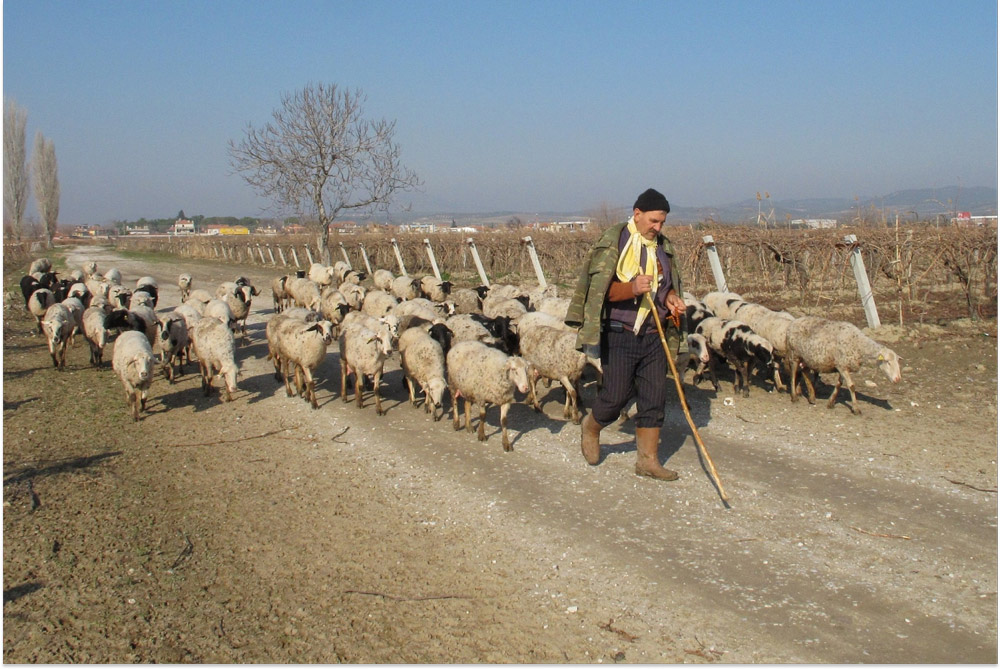
From the beginning of human civilization, shaping the surroundings has been a crucial part of existence. Animal and plant domestication began 12,000-11,000 years ago after the last ice age, and with selective breeding, modifying species became a common practice. The significance of domestication lies in its role in the development of agriculture and the rise of civilization. It allowed for the creation of stable food sources and the growth of larger populations.
In nature the complex coevolutionary process that species influence the evolution of others in some degree (for example mutualism) is not related only to humans.
Relationships within species benefit from others and affect the evolution occurs in a variety of forms as part of the highly complex system of nature. Even domestication itself is not a human only phenomenon.
In a study published in 2017 scientists find evidence of the evolution of agriculture in fungus-farming ants. With the help of new genomic tools they established not only 78 species of ants that domesticated fungus but a complex system of farming similar to humans creating domesticated fungus species completely depending on leaf-cutting ants.
However, the impact of Homo sapiens on modifying the natural environment is incomparably greater. With hundreds of years of genetic modification, humans have made such significant changes in some cases that the breed is no longer in the same class as their ancestor. For example, dogs are now a different species than wolves, which they were originally domesticated from. This is reflected in the current state of mammal populations on Earth, with wild animals accounting for only 4%, humans 36%, and livestock (primarily domesticated animals) 60%.
Plants have also undergone significant modifications through botanical research and genetic changes, with most of the plants in our environment shaped to meet human needs. Flowers, trees, vegetables, and fungi are all bred to exhibit desirable attributes.
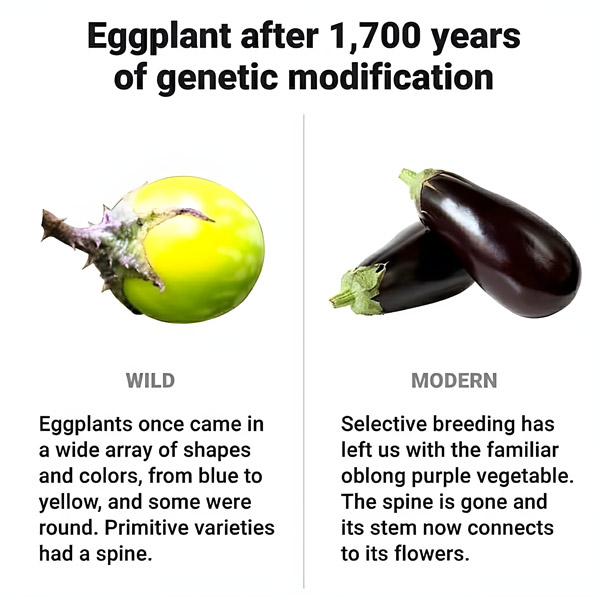
In this new era of life on earth, often referred to as the Anthropocene, humans are the biggest factor in altering the ecosystem, rewriting evolution through selective genetic modification. Relations between humans and other species often stem from outdated beliefs, and while the idea of human superiority tries to have some aspiration for remedy. But ideas of animal rights often lack an understanding of the true difference between creatures.
Recently there is a growing interest in rethinking the traditional relationship between humans and domesticated species. From a post-humanistic perspective, the dominant view that sees humans as the sole masters and animals as mere property or commodities is being challenged. Instead, it is argued that domesticated animals should be seen as co-inhabitants of the world, with their own interests, needs, and agency.
This view is reflected in the emerging field of animal studies, which explores the ways in which humans and non-human animals interact and the ethical implications of those interactions. It is also seen in the growing interest in animal welfare, as well as in the rise of animal rights activism, which seeks to challenge the status quo and push for greater recognition of the dignity and rights of non-human entities.
Post-humanist thinkers like Cary Wolfe challenge the dominant anthropocentric view that places humans at the center of the world. They argue that the relationship between humans and other species is not one of superiority, but of interdependence and co-creation. They call for a more holistic understanding of the interconnectedness of all species and a recognition of the agency of non-human entities in shaping the world.
As we enter this new era of technological advancement, it is imperative that we also reflect on the ethical foundations that guide our relationships with the world around us. With the emergence of new entities like artificial intelligence, we must reevaluate the principles that govern our interactions. We cannot simply rely on old dogmas or outdated beliefs to shape our relationships with these new beings. Rather, we must approach these new entities with a critical and expansive lens, to understand their unique interests and needs and to forge new principles for ethical coexistence. In a world where the lines between species and entities are becoming increasingly blurred, it is vital that we question our conventional notions of superiority and power and embrace a more nuanced and equitable approach to the relationships we create.
COMING SOON
As the first gesture for my project, I created Szerzet / Creature 01. a system inspired by the potential impact of medical advancements like bioprinting, artificial organs and soft robotics.
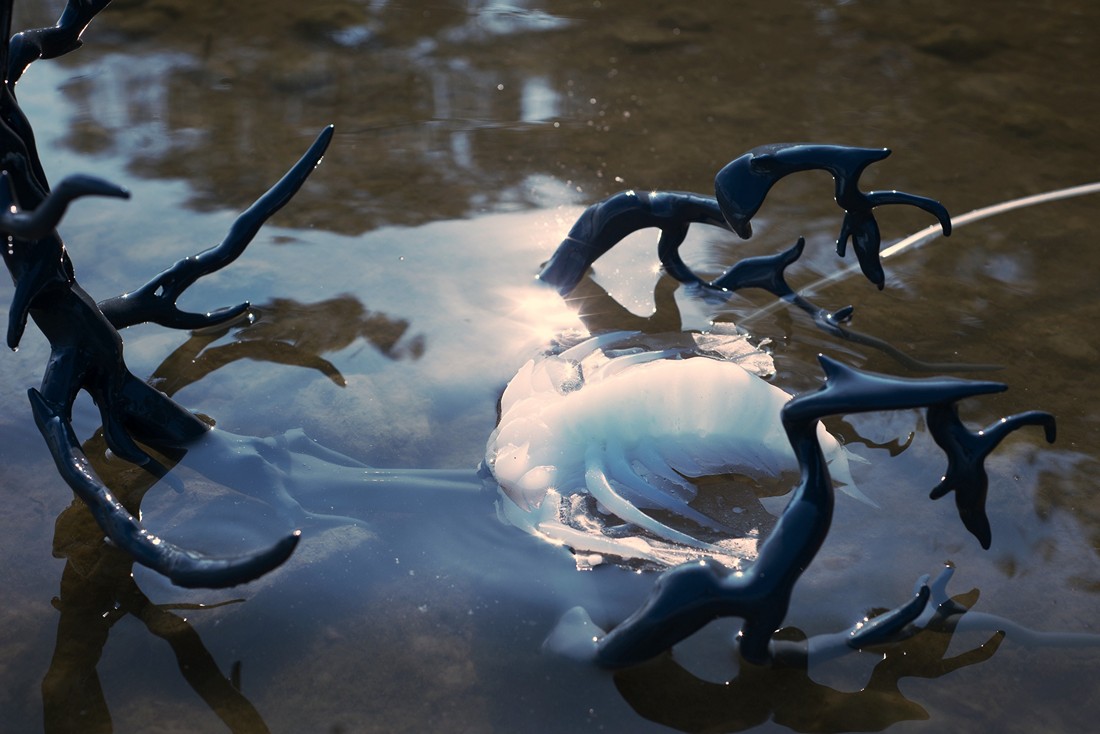
The frame of the structure is modeled after the intricate anatomy of the human brain. By incorporating elements such as the complex network of veins, which can now be accurately captured through 3D rotational angiography and CT scans, the project presents a new way of exploring parts of the body that were previously inaccessible.




Artificial organs are engineered devices that can be used to replace damaged or diseased organs in the human body. Artificial heart valves, pacemakers, and blood-filtering devices such as dialysis machines. While these devices can provide life-saving benefits, they are limited by their durability, compatibility with the body, and the availability of donor organs. Bioprinting holds the potential to enhance human capabilities and extend our physical and biological limitations, artificial organs and tissues that are not only functional but also more advanced than their natural counterparts. Offering the possibility to extend human life and enhance human capabilities . Designing living organs and entities is a completely new field with the capability of the transhumanistic vision of radical body expension.

In my search for the form of the 3D printed organ, I sought to create something that was both new and ancient.
Trilobites are a group of extinct arthropods that lived in the seas during the Paleozoic era, from about 521 million to about 252 million years ago. They are one of the most significant groups of organisms in the history of life on Earth. Trilobites were some of the first complex animals to evolve into a hard exoskeleton, which offered protection and support. This development was a major step in the evolution of arthropods and paved the way for the evolution of other complex, armored animals. Their fossils are widely distributed and are often used as index fossils to help date rock formations and determine the relative ages of different rock layers. This has made trilobites invaluable for understanding the geological history of the Earth. They are very recognizable by form and bearing the impression of ancient being.
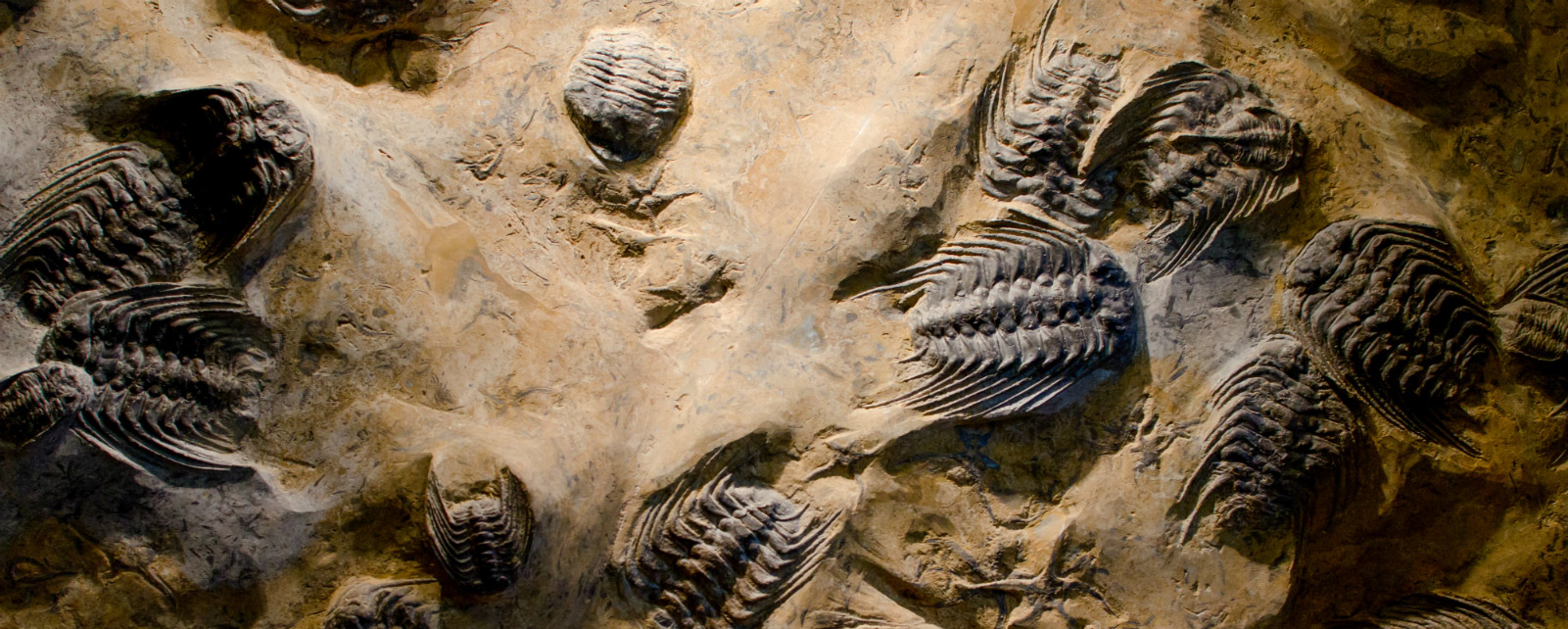
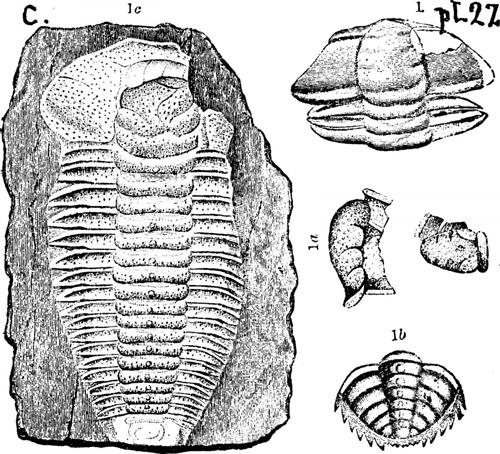
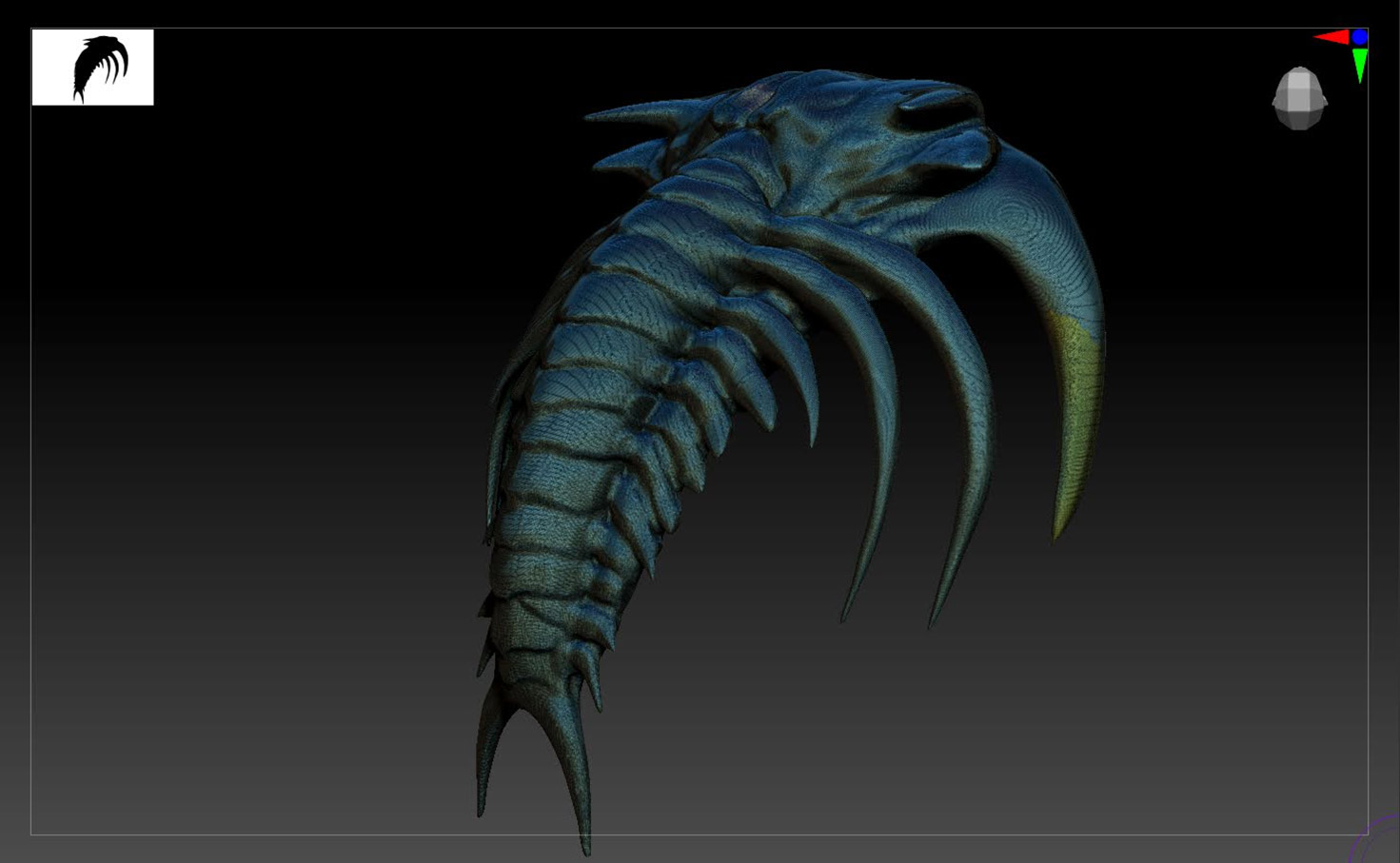

The creature's movement is drove by pneumatics. I used a small computer (microcontroller) that runs an algorithm written to drive the pumps and valves moving the system. The code is open source on github.
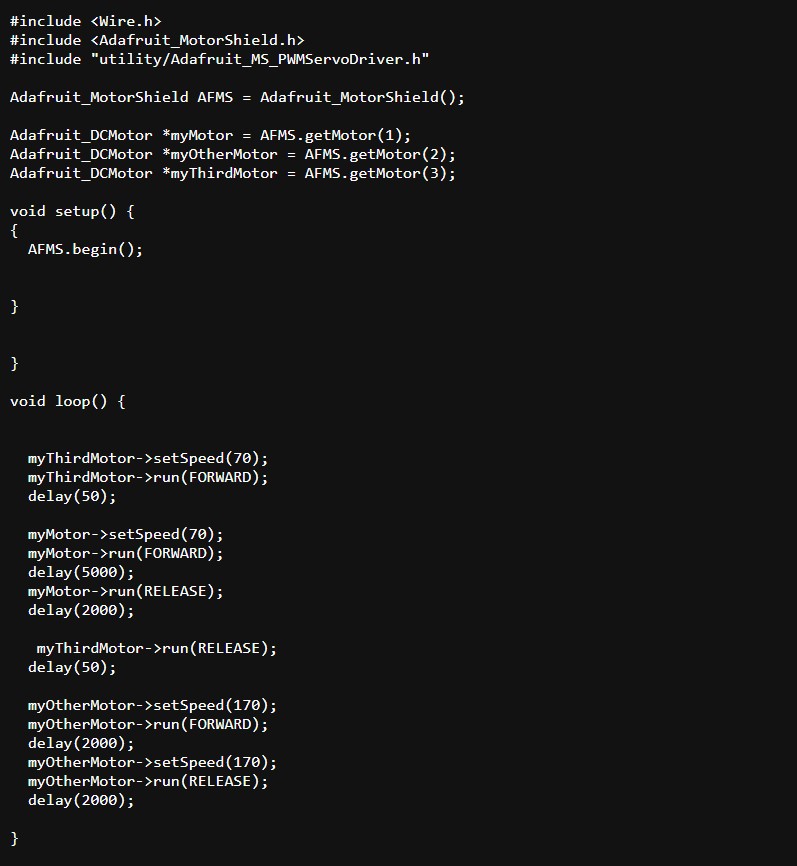
The installation was first exibithed in a group show at @nyolcesfel curated by @bettinabence, photographed by @___no_na_
Its also published on wilding, a project developed for Solo Show by Ian Bruner & Torre Alain.
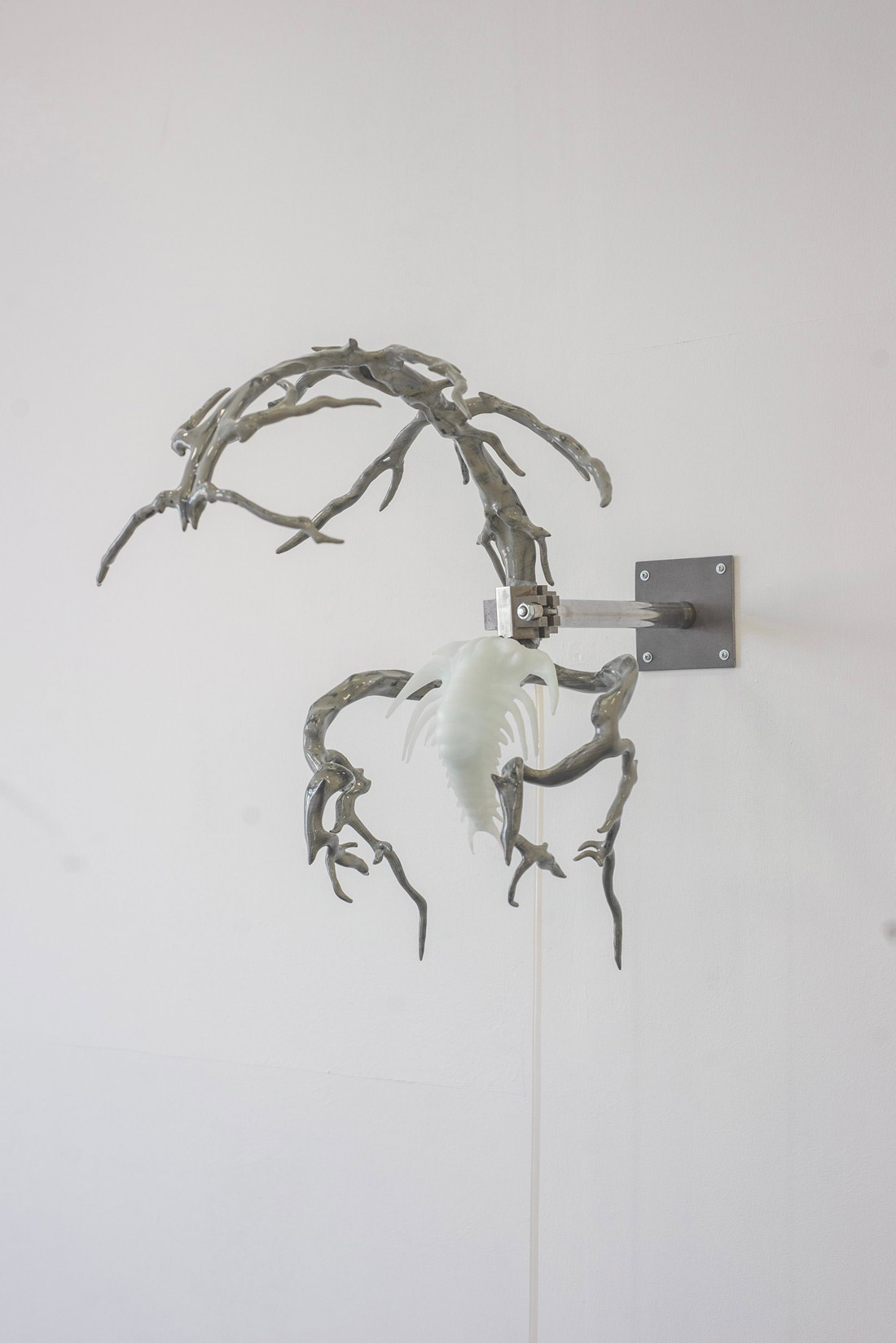
Offsite photographed by @___no_na_
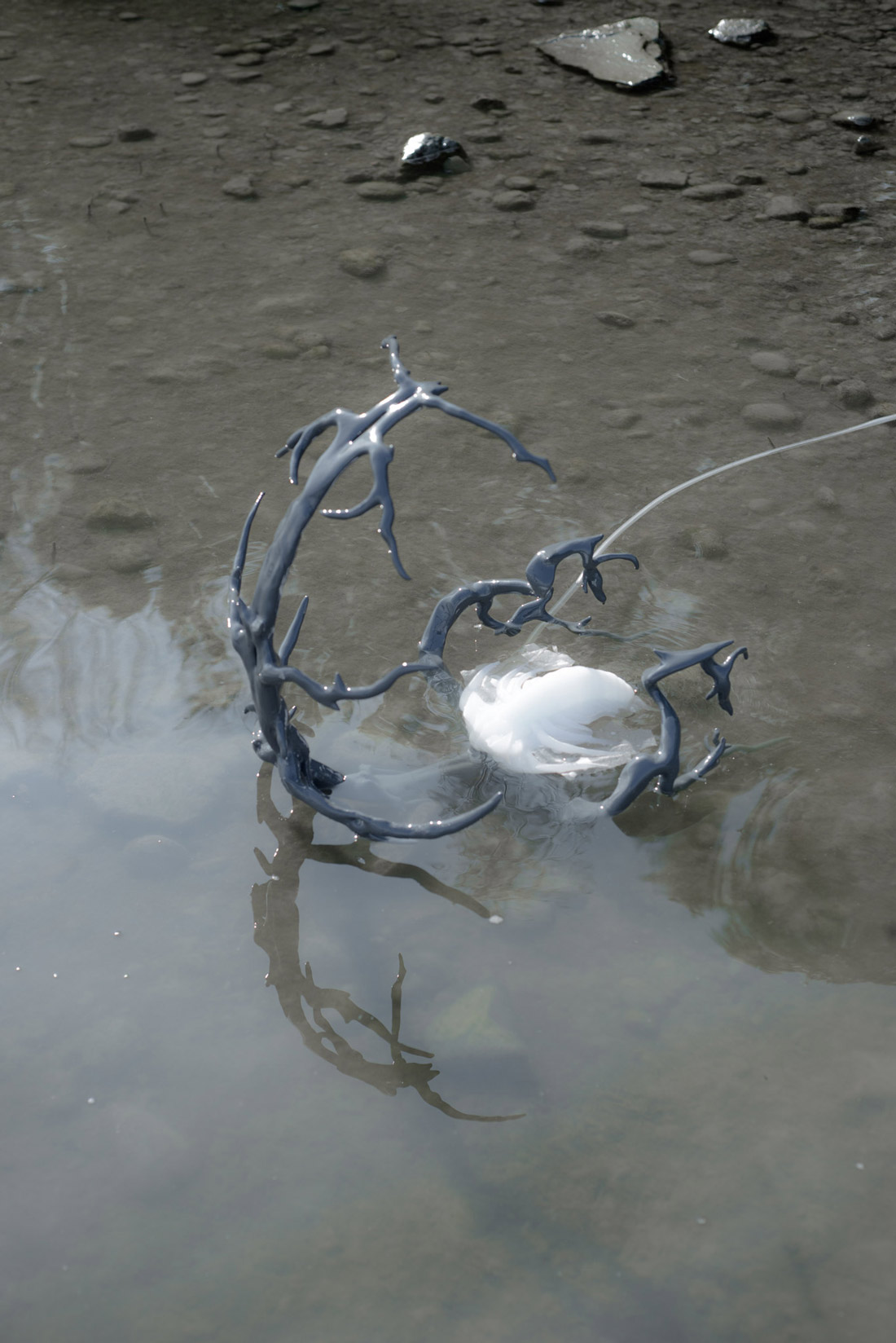
EXOSKIN is an artistic project that inspiration from the realms of extended haptics, With the aim to explore the unconscious relations towards prosthetic body modifications and Human + Machine interaction with a focus on intimacy, eroticism.
The project's underpinning research takes root in the burgeoning world of virtual reality bodies, hardware innovations, and the exploration of new materiality.

In Terry Gilliam's 2013 film "The Zero Theorem" the protagonist, Qohen Leth, inhabits a solitary existence within a dystopian future metropolis. He resides in isolation within an abandoned temple building, where he predominantly interacts with the outside world through a complex virtual reality system. In this visionary portrayal of the future, Qohen utilizes a "second skin," a sophisticated VR suit, to navigate a surreal and immersive digital realm and establish intimate connections with others.
The "second skin" in "The Zero Theorem" offers a glimpse into what may be possible in the not-so-distant future. It permits users to delve into a virtual world with unparalleled depth, engaging not just the senses of sight and sound, but also enabling them to experience tactile sensations, temperature variations, and even forge emotional bonds within a profoundly immersive environment.
The notion of expanded VR sensations through technology is a rapidly evolving field. Presently, virtual spaces have a profound impact on our lives, despite our current interactions and communications being limited to traditional interfaces, such as displays and keyboards. However, hardware advancements are transforming this landscape. We are witnessing the rapid development of VR glasses and accessories with improved resolution, accuracy, and ergonomic designs, alongside the emergence of more powerful computers capable of running increasingly complex virtual worlds. Research institutes and development teams, led by industry giants like Meta Reality Labs, are dedicated to enhancing the visual and auditory aspects of the VR experience, while also exploring ways to introduce tactility and other sensory dimensions into virtual environments.
Augmented sensing aims to enrich and deepen the VR experience, and to provide experiences that are not or rarely possible in material reality. concept, which means that VR technology can convey sensory information to users that goes beyond the general limits of vision and hearing. Such information may include, for example, sense of smell, taste, balance, time, or self-awareness.
Expanding upon the concept of a "second skin" and the convergence of technology and sensory experiences, the 2000 film "The Cell," (directed by Tarsem Singh). In the movie, advanced technology allows therapists to enter the minds of comatose patients. This technology includes the use of a sophisticated haptic suit that permits them to not only visualize but also physically experience the landscapes and experiences within the patient's mind.
In "The Cell," the haptic suit takes the concept of the "second skin" a step further. It demonstrates the potential for a direct connection between an individual's sensory experiences and a virtual or internal world. The therapists in the film not only observe but also feel the environments and emotions within the patients' minds, forging an intense and immersive connection.
This concept of an expended sensation serves as a philosophical and transhumanistic exploration, pushing the boundaries of what we perceive as human experience and human connection.
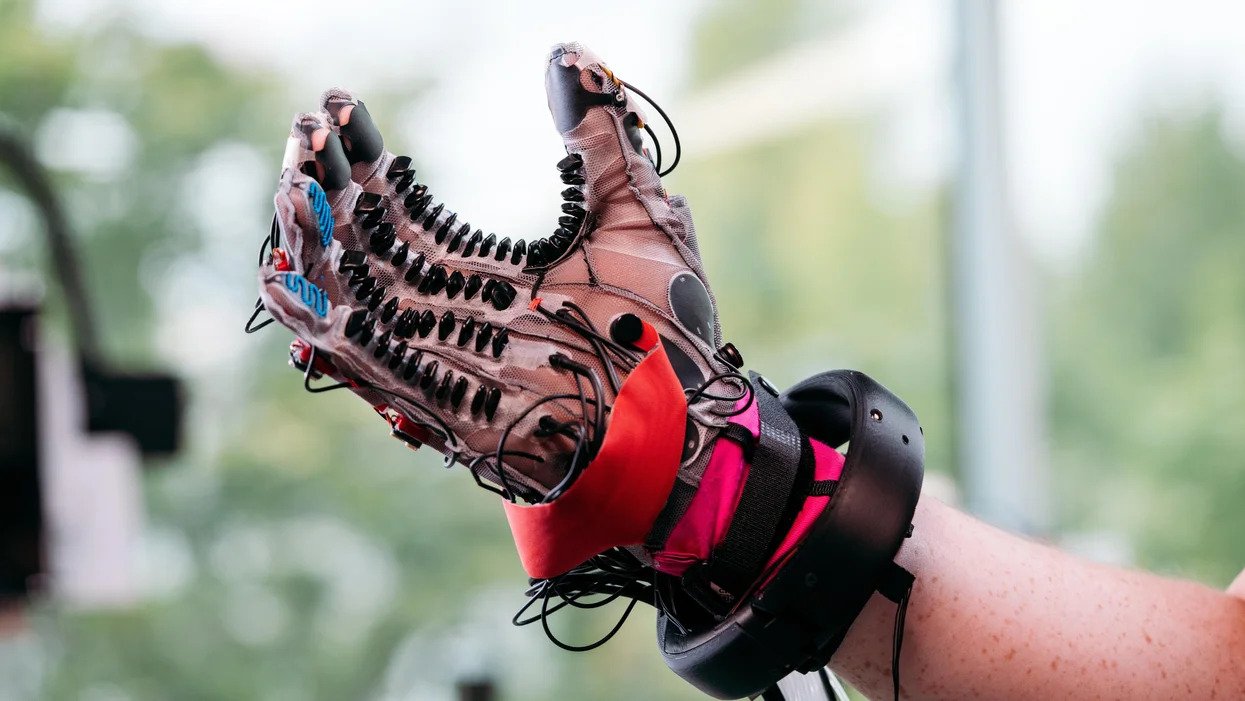
Intimacy through (and with) machines leads to the realm of prosthetics sensations.
The act of actively engaging with a meticulously crafted object becomes so dynamic that it seamlessly merges with the body. This intricate fusion, simultaneously complex and subtly imperceptible, becomes an integral part of existence for many.
This intricate unity creates an experiential landscape where the boundary between self and machine blurs, giving rise to a new dimension of sensory richness. It's a realm where the user not only manipulates technology but becomes intricately entwined with it, forging an intimate relationship that transcends the traditional understanding of human-machine interactions. The crafted object, whether it be a virtual reality suit or a sophisticated haptic device, transforms into an extension of the self, providing sensations and experiences that are both deeply personal and technologically profound.
The origins of human-object interaction share uncanny parallels with the intricate world of complex prosthetics and the transhumanistic vision of humans coalescing with machines. From the earliest tools crafted by our ancestors to the sophisticated prosthetic sensations of today, the continuum of this relationship between humans and objects is a testament to our innate drive to augment, enhance, and intimately intertwine our existence with the created artifacts. In the genesis of human-object interaction, primitive tools served as extensions of our limbs, enabling us to manipulate and navigate the world around us. This symbiosis between humans and tools marked the inception of a relationship that transcended the mere utilitarian. The crafted objects, whether rudimentary stone tools or intricately designed implements, became integral to the human experience, shaping not only our physical environment but also our cognitive processes and societal structures.
As we enter the contemplation of possible entities transcending traditional human boundaries, we embark into realms that challenge traditional perspectives on identity, cognition, and existence. The trajectory from the human to these evolved entities signifies a paradigm shift, challenging conventional notions of identity, cognition, and existence.
In the realm of the more than human in rise, the human entity undergoes a metamorphosis, shedding its constraints and evolving into a state beyond the familiar. This transcendence encompasses not only physical augmentation through technological interventions but also a profound reconfiguration of consciousness and capabilities. The entity is no longer bound by the limitations of biology but is rather an amalgamation of the organic and the artificial, navigating the vast expanse of possibilities that emerge when human potential is unshackled.